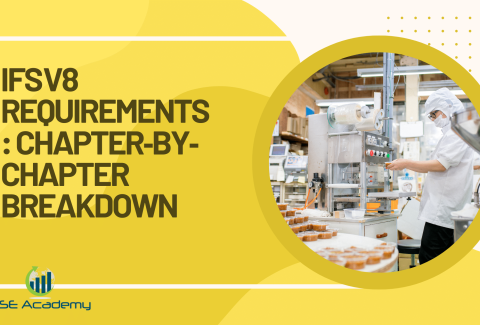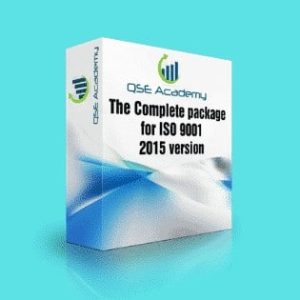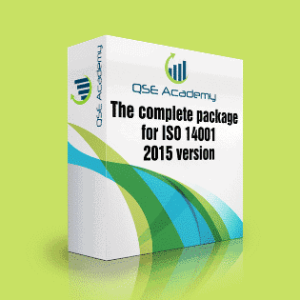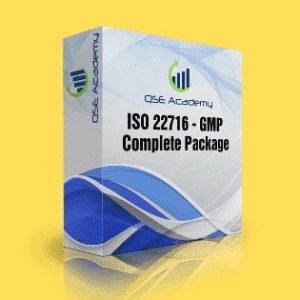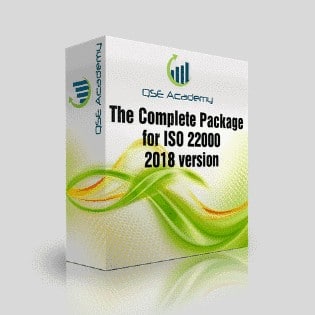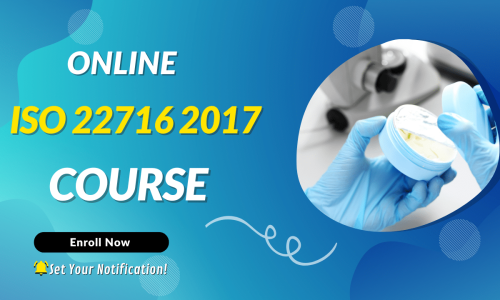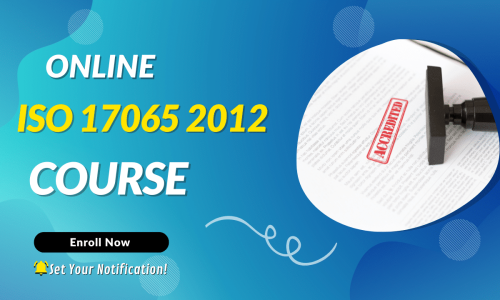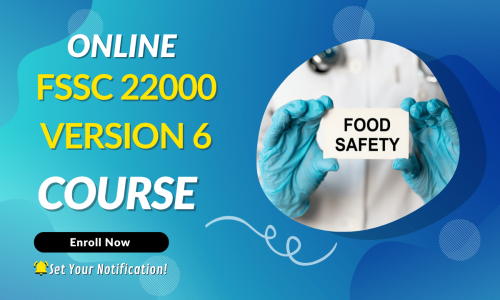Timeline and Deadlines for Transitioning to FSSC 22000 V6
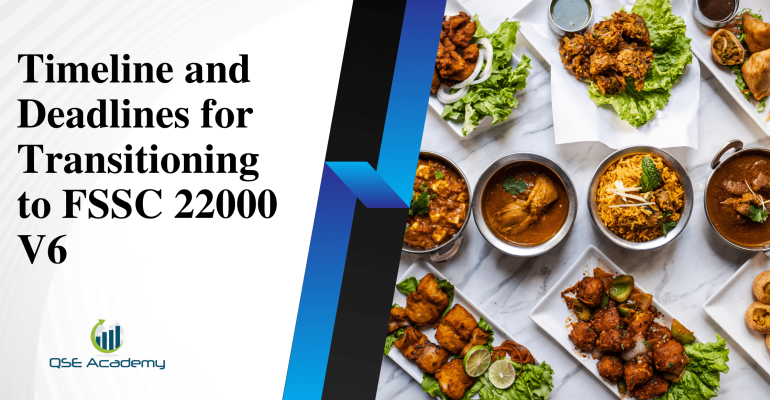
Timeline and Deadlines for Transitioning to FSSC 22000 V6
Last Updated on October 13, 2025 by Hafsa J.
Timeline and Deadlines for Transitioning to FSSC 22000 V6
Here’s what I’ve seen—again and again. A team knows a new version of the standard is out. They talk about it in a few meetings. Maybe they even skim the new clauses. But then they get busy, audits feel far away, and before you know it… they’re scrambling to update their system a few weeks before the deadline.
Sound familiar?
The transition to FSSC 22000 Version 6 is one of those changes you do not want to leave to the last minute. This version is a big one. It goes deeper into food safety culture, Codex HACCP alignment, waste reduction, validation—you name it. And here’s the thing: a lot of those updates can’t be implemented overnight. You need time. You need planning. And you need your audit scheduled well in advance.
I’ve helped dozens of companies through version transitions like this, and I can tell you with certainty—those who start early sleep better. They pass audits more smoothly. And they avoid that stressful rush that hits so many teams a few weeks before certification expires.
In this guide, I’ll walk you through exactly what deadlines you need to know, when to take action, and how to structure your transition timeline so you’re not panicking at the eleventh hour.
Let’s get into it—before the clock runs out.
Why Timing Matters More Than Ever
Let’s be honest—transitioning to a new version of a standard is never anyone’s favorite task. But with FSSC 22000 Version 6, timing isn’t just important—it’s everything.
I’ve worked with companies that gave themselves six months to plan and roll things out gradually—and they breezed through their audits. Then there are the ones who waited until three weeks before their certificate expired. Those teams were working nights, rewriting documents in a panic, and hoping their auditor wouldn’t dig too deep. It’s not a good place to be.
Here’s the reality:
-
Certification bodies are fully booked as we approach the final deadline.
-
Some changes (like food safety culture and environmental monitoring) require evidence over time.
-
Internal delays—like training or equipment validation—can push your timeline weeks behind.
Starting early isn’t just smart. It’s necessary.
Official Deadlines You Must Know
Let’s get the key dates on the table—because these aren’t flexible.
-
April 1, 2024: From this point on, all audits must be conducted using Version 6. If you’re still using Version 5.1, your next audit will follow the new standard—no exceptions.
-
March 31, 2025: This is the absolute last day that Version 5.1 certificates remain valid. If you haven’t transitioned and passed your Version 6 audit by this date, your certificate will expire.
-
No grace period: Once that deadline passes, you’re out of the system. You’d need to go through a full initial certification again, which means more time, more paperwork, and higher cost.
If you’re planning to transition sometime in 2025, you need to get your audit scheduled well in advance—and let your cert body know that it’s for Version 6. Otherwise, you may find there are no available audit slots left before your certificate runs out.
Ideal Transition Timeline (Month-by-Month Breakdown)
Now let’s talk about your timeline. If you’re reading this in mid-2025, you still have time—but not much. Here’s a realistic month-by-month breakdown to keep you on track.
Month 1: Gap Assessment
-
Compare your current system to Version 6 requirements.
-
Document what’s already compliant and what needs to change.
-
Get your transition team in place and assign responsibilities.
Month 2–3: Implementation
-
Update policies, procedures, risk assessments, and records.
-
Focus on changes that need time to prove—like waste tracking and culture measurement.
-
Begin internal communications and basic training for affected teams.
Month 3–4: Validation and Internal Audits
-
Run internal audits or mock reviews on updated areas.
-
Validate cleaning, monitoring, and new equipment practices.
-
Start collecting evidence (like data logs or trend reports).
Month 4–5: Final Training and Documentation
-
Complete team-wide training sessions and role-based refreshers.
-
Finalize and sign off all controlled documents.
-
Review records and prep for audit readiness.
Month 5–6: Schedule and Complete Your Audit
-
Confirm your audit date with the certification body.
-
Organize all records, evidence, and validation logs.
-
Conduct a final internal review before the external audit.
High-Risk Areas That Require Early Action
Not all updates in Version 6 are created equal. Some changes are straightforward—you revise a form or tweak a checklist. Others take time, evidence, and behavior change. These are the ones you want to tackle first.
Food Safety and Quality Culture
You can’t just say, “We care about culture.” You need documentation, measurable actions, and proof that leadership is involved. That means surveys, KPIs, meeting records—over time. If you haven’t started, don’t wait another week.
Validation of Equipment and Sanitation
If you’ve added new equipment or modified cleaning routines, Version 6 wants proof that these systems actually work. That means running trials, collecting results, and documenting the process. These validations aren’t instant—build in time to test and re-test.
Food Loss and Waste Tracking
This one trips a lot of teams up. It’s not about being perfect—it’s about being intentional. You’ll need a strategy, tracking logs, and ideally a few months of trend data. Starting this now gives you the runway you need.
Codex HACCP Alignment
The updated Codex guidance affects hazard categorization and decision-making logic. If your hazard analysis hasn’t been reviewed since Version 5.1, it’s time. I’ve seen teams uncover outdated CCPs and control measures that didn’t match Codex 2020—issues that could’ve become audit findings.
Scheduling with Your Certification Body
Let’s talk logistics—because even the best transition plan can fall apart if you don’t get your audit scheduled on time.
Here’s what’s happening behind the scenes:
Every FSSC-certified company is trying to transition by March 2025. That means certification bodies are juggling hundreds of audits—and their calendars are filling fast.
What you need to do now:
-
Notify your CB that your next audit will follow Version 6
-
Request a tentative audit window (even if you’re still in implementation mode)
-
Confirm availability of your usual auditor, if that matters to your team
-
Ask for pre-audit readiness support, if offered
I worked with a manufacturer who waited too long to schedule, thinking “we still have time.” By the time they reached out, their auditor’s earliest availability was after their certificate expiry date. They had to pause production until re-certification. It was costly—and completely avoidable.
Pro move: Build a 2-week buffer before your certificate expiration. That gives you space to reschedule if needed or respond to findings without pressure.
Pro Tips from Real Transitions
Tip 1: Don’t aim for perfection—aim for progress
One of the biggest traps I see is waiting to “get everything right” before starting. You won’t. And you don’t need to. What matters is forward motion—do the gap assessment, identify priorities, and get the team moving.
Tip 2: Give culture and waste tracking more time than you think
These are the two areas where most teams get caught off guard. You can’t fake culture metrics overnight, and you need trend data to show your waste strategy is working. The earlier you start tracking, the stronger your evidence will be.
Tip 3: Schedule internal checkpoints like mini-audits
Instead of waiting until the end to see if everything’s ready, build in one or two internal check-ins. These “mini audits” help you catch gaps early and make your final audit prep much smoother.
Tip 4: Keep a transition folder or binder
This sounds simple, but it works. Collect your gap assessment, updated SOPs, training records, and validation evidence in one place. When the auditor arrives, you won’t be scrambling—and you’ll come across as well-prepared and organized.
Common Mistakes to Avoid
Waiting until the audit is already scheduled to start the work
This is one of the most common issues I see. If your audit is in eight weeks and you’re just starting now, you’re probably already behind. Version 6 demands deeper changes than just document tweaks.
Assuming your certification body will remind you
They won’t. It’s your responsibility to request a Version 6 audit, confirm dates, and be ready. Waiting for them to initiate the conversation can lead to missed deadlines.
Not involving the whole team
This isn’t just a QA project. You need ops, sanitation, training, and leadership involved. When people are left out, things get missed—and that shows up during the audit.
Treating culture like a formality
Food safety culture is now a required element. It’s not enough to say “we promote culture”—you have to show how you measure, support, and improve it. This takes planning and documentation over time.
Frequently Asked Questions
Q: Can we still use our Version 5.1 certificate in 2025?
No. As of April 1, 2024, all audits must use Version 6. Your Version 5.1 certificate will expire by March 31, 2025—even if it still appears “valid” on paper.
Q: How early should we schedule our audit?
At least two to three months in advance. Some certification bodies are booking up six months out, especially for companies aiming to beat the March 2025 deadline.
Q: What happens if we miss the transition deadline?
Your certificate expires, and you’ll be treated as a new applicant. That means a full initial audit and potentially more scrutiny. It’s not just inconvenient—it can impact your contracts and supply chain approvals.
The Sooner You Start, the Smoother It Goes
If there’s one thing I’ve learned after helping companies transition through multiple versions of FSSC 22000, it’s this: the teams who start early always do better.
They have time to think strategically.
They build stronger evidence.
And they walk into their audit with confidence—not crossed fingers.
The deadline for Version 6 isn’t moving. There’s no grace period, no extensions, no workarounds. If your certificate expires, you’re back to square one—and the impact on your operations and credibility can be serious.
The good news? You still have time to make this transition the right way. But the window is closing.
Here’s what to do next:
-
Download our FSSC 22000 Version 6 Transition Timeline Checklist
-
Or, book a 30-minute strategy session with our team at QSEAcademy.com
We’ll help you map out exactly what your team needs to do—and when—so you don’t miss a step or a deadline.
Let’s make sure your system is ready before the clock runs out.
Whether it’s ISO 9001, ISO 22000, or the cosmetics-focused ISO 22716, I’ve spent my career I’m not here to call myself an expert—I prefer “enthusiast” because I truly love what I do. When I’m not writing about standards, you’ll probably find me playing Piano 🎹, connecting with people, or diving into my next big project💫. I’m an engineer specialized in the food and agricultural industry
make ISO standards less intimidating and more approachable for everyone.
turning complex jargon into clear, actionable steps that businesses can actually use.
There’s something incredibly rewarding about helping people navigate food safety and quality management systems
in a way that feels simple, practical, and even enjoyable.
I have a Master’s in QHSE management and over 12 years of experience as a Quality Manager
I’ve helped more than 15 companies implement ISO 9001, ISO 22000, ISO 22716, GMP, and other standards
My clients include food producers, cosmetics manufacturers, laboratories, and service companies
I believe quality systems should be simple, useful, and efficient.
Related Posts
BRC V9 vs IFS V8: Key Differences Explained
IFS V8 Overview: What It Is and Why It Matters
IFS V8 Requirements: Chapter‑by‑Chapter Breakdown
Popular tags
Recent Posts
Subscribe on YouTube
Product tags
Popular Courses



